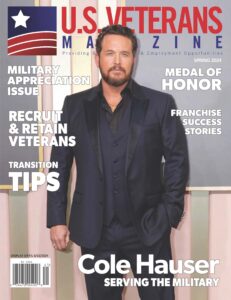The Army missed its recruiting goal by about 15,000 new soldiers in 2022, coming up 25% short of its goal at a time when each of the services were struggling to meet their benchmarks.
Military officials worry that all of the branches have had to reach deep into their pools of delayed entry applicants, a move that puts them behind in recruiting for the new year.
Military recruiters have leaned on tried-and-true factors to explain the challenges, including low unemployment and a dearth of applicants up to physical, educational and behavioral standards.
But the truth is, no one keeps detailed data on what’s stopping America’s youth from signing up. Experts and senior military leaders point to the perennial factors of competition from the private sector and a dwindling number of young Americans both qualified and interested in military service. But what they don’t have much information on is why that propensity is going down, and whether the country is undergoing an ideological shift in attitude toward military service.
Read the Fulll Story on Army Times



